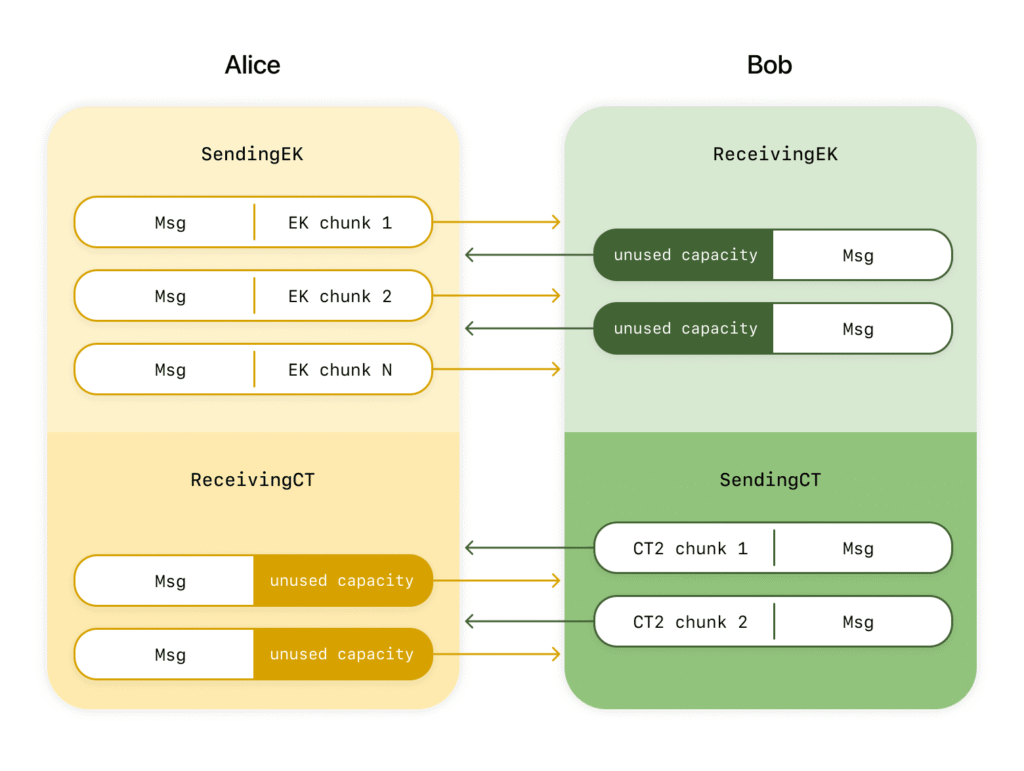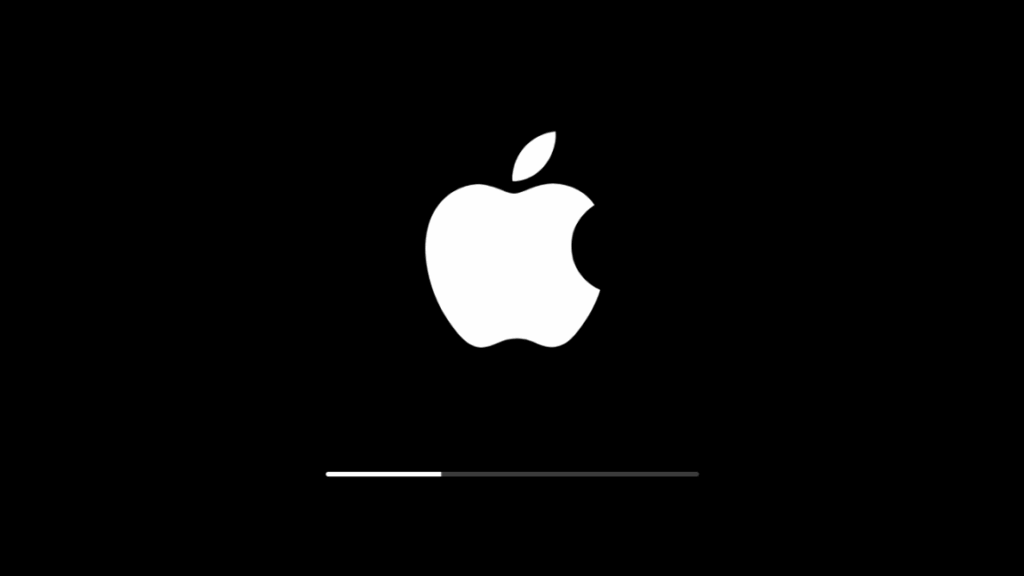FCC to rescind ruling that said ISPs are required to secure their networks
The Federal Communications Commission will vote in November to repeal a ruling that requires telecom providers to secure their networks, acting on a request from the biggest lobby groups representing Internet providers.
FCC Chairman Brendan Carr said the ruling, adopted in January just before Republicans gained majority control of the commission, “exceeded the agency’s authority and did not present an effective or agile response to the relevant cybersecurity threats.” Carr said the vote scheduled for November 20 comes after “extensive FCC engagement with carriers” who have taken “substantial steps… to strengthen their cybersecurity defenses.”
The FCC’s January 2025 declaratory ruling came in response to attacks by China, including the Salt Typhoon infiltration of major telecom providers such as Verizon and AT&T. The Biden-era FCC found that the Communications Assistance for Law Enforcement Act (CALEA), a 1994 law, “affirmatively requires telecommunications carriers to secure their networks from unlawful access or interception of communications.”
“The Commission has previously found that section 105 of CALEA creates an affirmative obligation for a telecommunications carrier to avoid the risk that suppliers of untrusted equipment will ‘illegally activate interceptions or other forms of surveillance within the carrier’s switching premises without its knowledge,’” the January order said. “With this Declaratory Ruling, we clarify that telecommunications carriers’ duties under section 105 of CALEA extend not only to the equipment they choose to use in their networks, but also to how they manage their networks.”
ISPs get what they want
The declaratory ruling was paired with a Notice of Proposed Rulemaking that would have led to stricter rules requiring specific steps to secure networks against unauthorized interception. Carr voted against the decision at the time.
Although the declaratory ruling didn’t yet have specific rules to go along with it, the FCC at the time said it had some teeth. “Even absent rules adopted by the Commission, such as those proposed below, we believe that telecommunications carriers would be unlikely to satisfy their statutory obligations under section 105 without adopting certain basic cybersecurity practices for their communications systems and services,” the January order said. “For example, basic cybersecurity hygiene practices such as implementing role-based access controls, changing default passwords, requiring minimum password strength, and adopting multifactor authentication are necessary for any sensitive computer system. Furthermore, a failure to patch known vulnerabilities or to employ best practices that are known to be necessary in response to identified exploits would appear to fall short of fulfilling this statutory obligation.”
FCC to rescind ruling that said ISPs are required to secure their networks Read More »


















